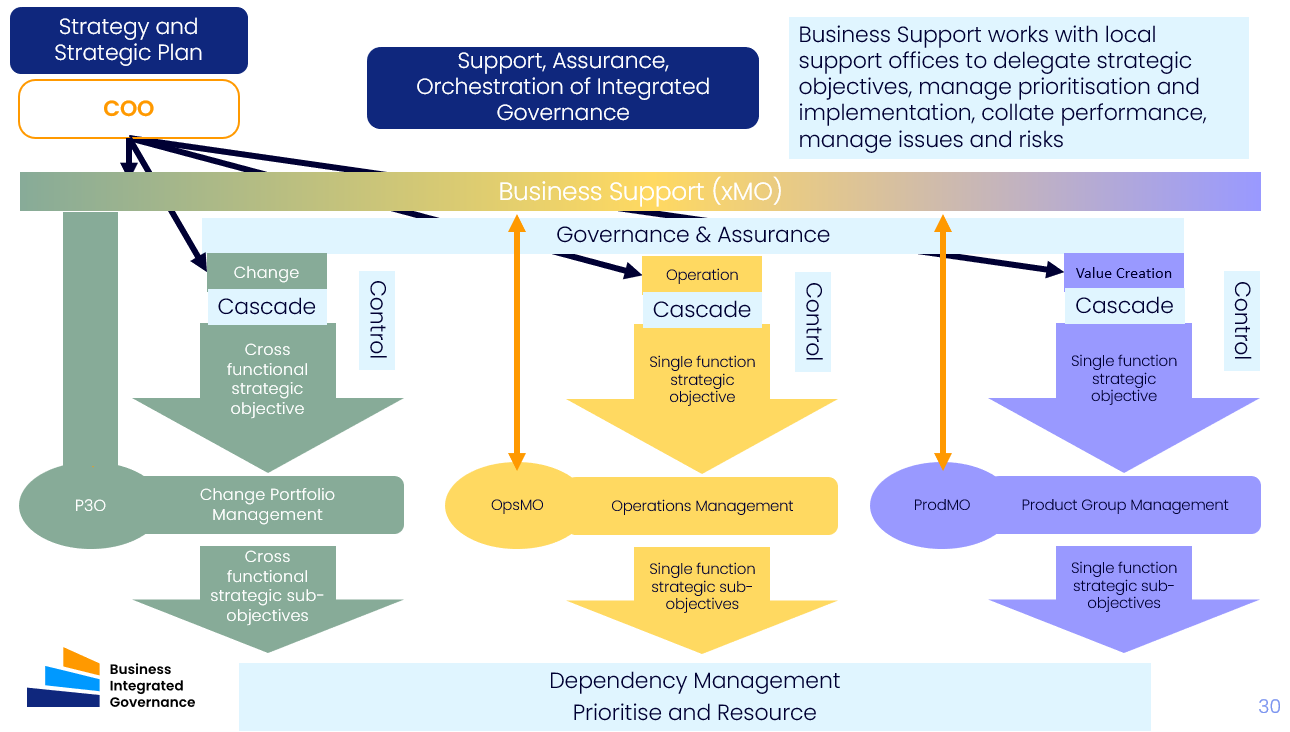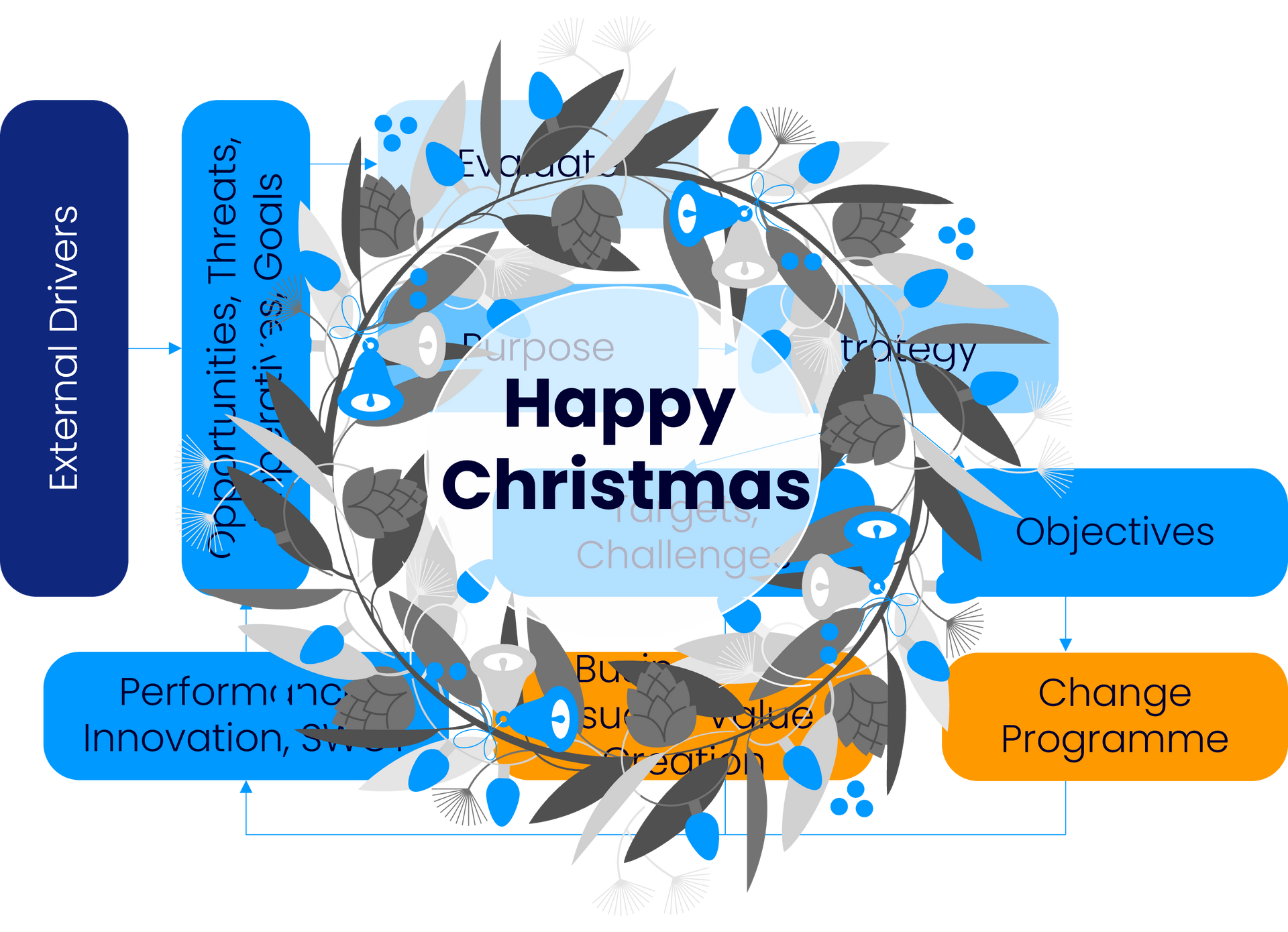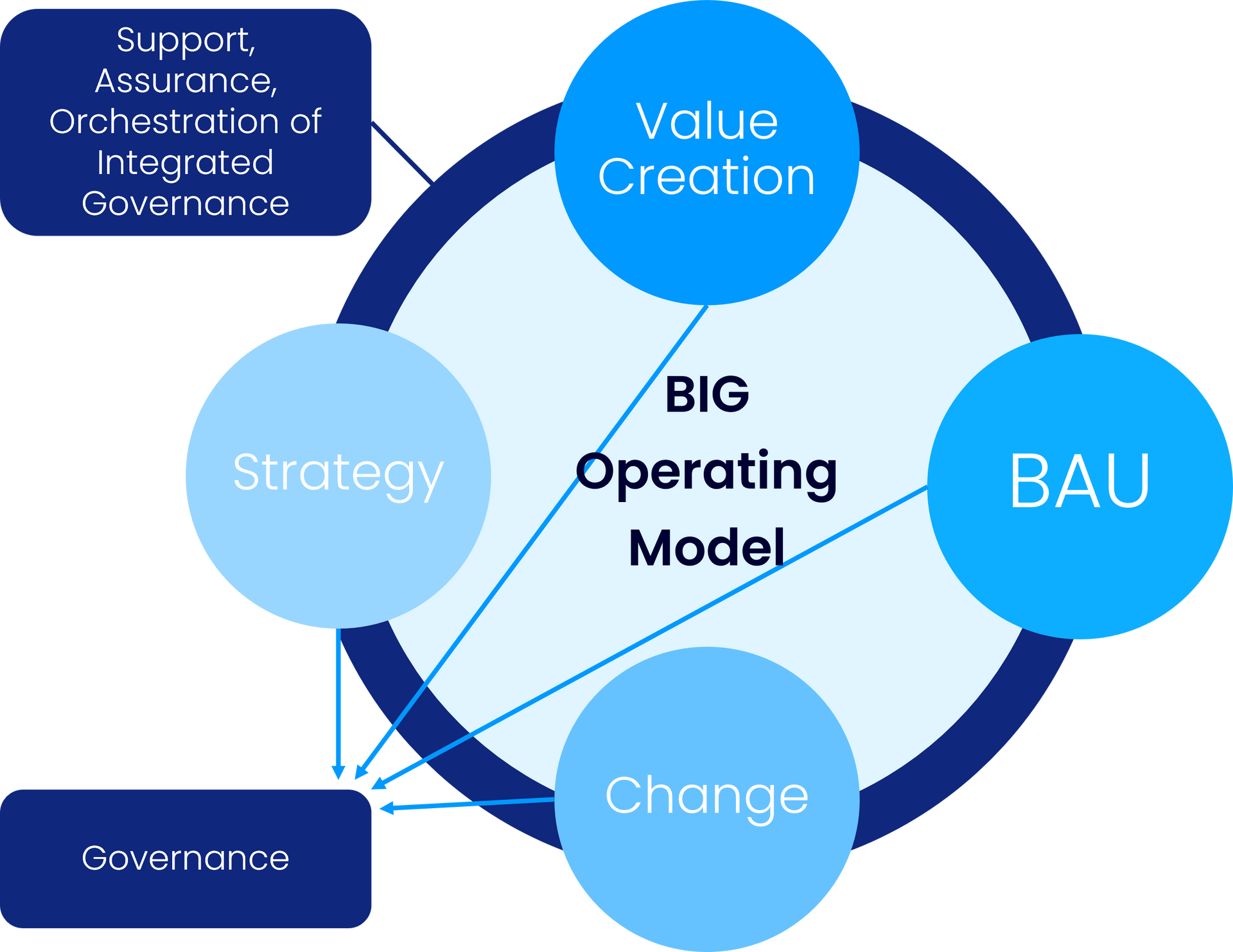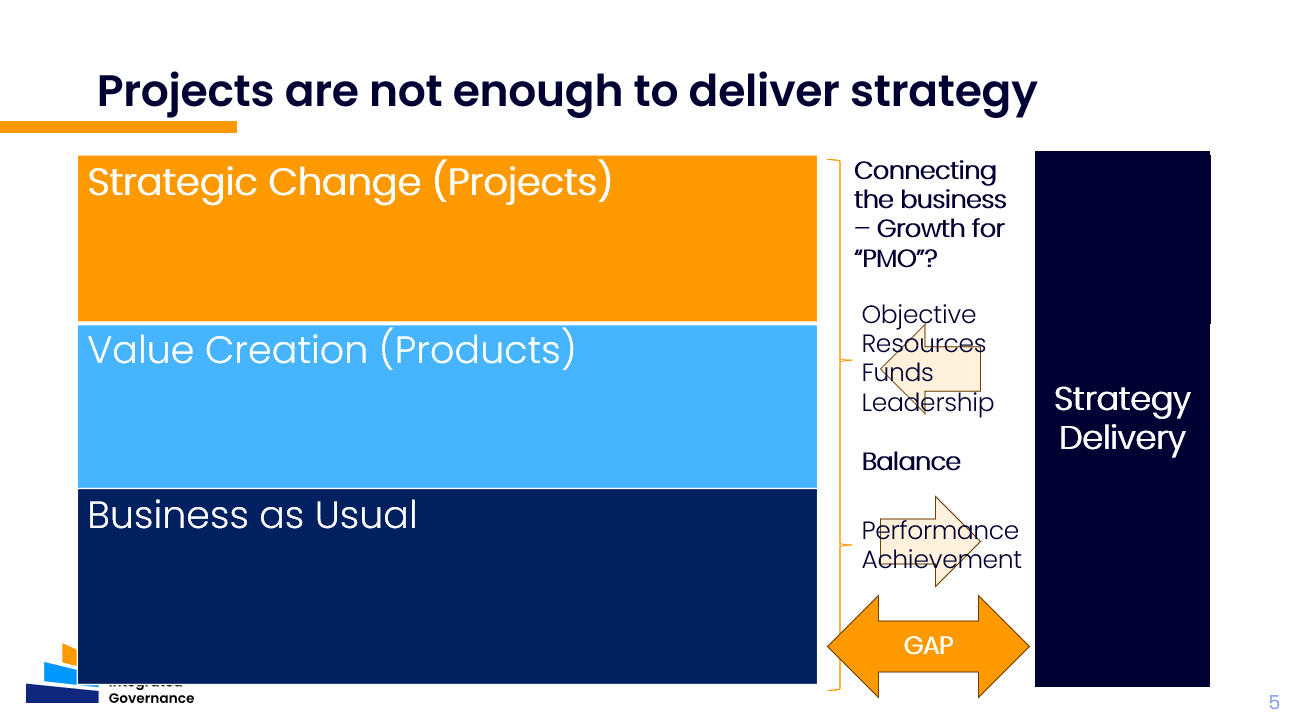A three-time parent is a Portfolio Manager
A three-time parent is a Portfolio Manager

Governance in a family of many
I am a parent; a three-time parent. I still remember the thrill of the first steps – registering the moment on a note pad and taking as many pictures as possible to send to the grandparents. These were proof of success – the baby’s for achieving an important milestone, but also recognition from the “Council of the Elders” (the project Sponsor) that I had passed my test as a Parent (Project Manager?).
The strategy was clearly defined and properly communicated by the Council of the Elders – your son is older than your brother’s, therefore you have to ensure he will be the first to walk, with no fear or accidents along the process. Pretty clear, hein…?
The tactic to implement the strategy was also simple: [1] teach the baby what to do and gain confidence and trust, [2] show him what not to do as it can cause distractions, unbalance, etc, learning how to face danger without fear, and finally, [3] perfect the walking technique – 1% improvement each day, represents two times better after three months.
Mastery is achieved when the child becomes effective (does the right things) and efficient (does those things right). This is similar to a silver sphere in a pinball machine – highly energetic, autonomous, resilient, and always beating me to every corner of the house.
In the PM world, I would call this a very Productive child, with the right combination of Effectiveness and Efficiency.
If you are a three-time parent (or more) you have a Portfolio to Manage. You’ll have a seat at the table that issues the Strategy to raise lovely children into happy and successful grown people. Seating next to you will be your partner and … the Elders. Some “Boards of Management” may include older brothers and a great-grand-mother. One of the Elders will be your Sponsor and approving authority. You are responsible for outlining the delivery tactic to implement the strategy, which will be sanctioned from time to time by the Board. Frequency of the oversight activity will depend on results delivered previously.
Here is for each “project”, a list of stakeholders I can think of – the board of management, the other brothers, their friends, the neighbours, the soccer club, the music academy, the secondary school, and a French bulldog called Napoleon. This is not easy to manage! So many conflicting interests, so many different interpretations of what “raising happy and successful grown people”. The Principal recommends more studying time and the Coach encourages practising 5 days per week for better results.
How to govern such a complex “organism”? I’ve tried transforming the fridge on a Kanban board, fully covered with yellow post-it notes. Nobody reads them. I also tried “one-to-one” sessions with the most relevant stakeholders. I abandoned this approach as well, as I spent more time in meetings than working. The major problem is when stakeholders start to self-organise themselves and form groups according to their interest in the portfolio. Silos are so annoying – very unproductive, disconnected from the overall objectives and incredibly hard to dismantle.
Then I tried to think outside the box – communication of all the stakeholders and the project members is far from perfect, when communicating with each other. Moreover, as physically apart, some living on different time zones and others extremely busy, it is difficult to encourage decent “face-to-face” events to promote communication. However, they all (with no exception) communicate well with their personal assistant, via their smartphones.
In the Group, there are the “Bixbi”, the “Siris” and the “Google Assistants”. Regardless of the preferred technology, they all have a point in common – a Gmail account and access to G-drive on the Cloud.
The Strategy for the school year was presented and stored in the Cloud. The Mission and Vision are sent to all “Users” once a week, together with a motivational quote.
There is an implementation tactic for each of the children, as they have different requirements. The respective Operational Plan is also stored in the Cloud, in a folder under the child’s name. This plan has been automated to email tasks and objectives for the week, to each of the members of the team. A shared calendar allows everybody to know their own and everybody else’s diary.
If events are missed and milestones not achieved, a red alert email is sent to the User. However, if these are achieved and all goes well, celebrating messages are sent to all the team.
Friday afternoon and Saturday morning are the periods to summarise the week, identifying what went well and what can improve, as well as plan the following week (a lot of planning can be developed on a Saturday morning during soccer practise – plus, all the dads are there, to seek advice if needed (peer review?)
We strategise, we develop tactics and we plan implementation phases. Does it all go as planned? Pretty much never. We are wise enough to monitor results and benefits, compare with the initial plan and flexible enough to pivot to something different if needed. Who hasn’t planned a picnic on a Sunday of torrential rain? Did you lock the kids in their rooms? Of course not – some other idea always comes along to save the day. Do we plan the whole year? Hardly. We have an overall objective for the school year, but we plan month by month and monitor the results. If it works, we repeat the following month, if not we change and adapt.
What are the fundamental keys of success? Everybody must be taught and developed to be accountable for their own acts. Swift in the interpretation of the tactics, trustworthy on taking upon him/her the role and responsibilities assigned and committed to delivering results planned. Moreover, the governance rules must be clear to all and represent the same to each one. All my sons know exactly what they can decide on and what are the topics they must escalate to me or their mom. The rules are clear to all. And if they change (because they do, frequently), they are properly and timely communicated to all, via the “family management system” in place (FaMaS).
Can all this be implemented in one weekend? Absolutely not. It took me over six months. We grew the system incrementally, allowing every member to get to grips on the new module and start using it correctly. Did I force a new system on any of them? Not at all. The iPhones are still there, and so are the Androids. They all co-exist, with FaMaS sitting on top of them, seamlessly. And the Users like it because of that – no major change, evolution with no revolution, just added functionalities.
In a nutshell, all this is Business Integrated Governance (BIG) – a unified and streamlined Governance framework, supported by a user-friendly Data Management system and a set of Accountability principles, integrated in a unique model developed by the Core P3M Data Club to increase ROI and performance of Strategy Implementation in organisations, which is delivered by implementation partners such as DeepTeam.













